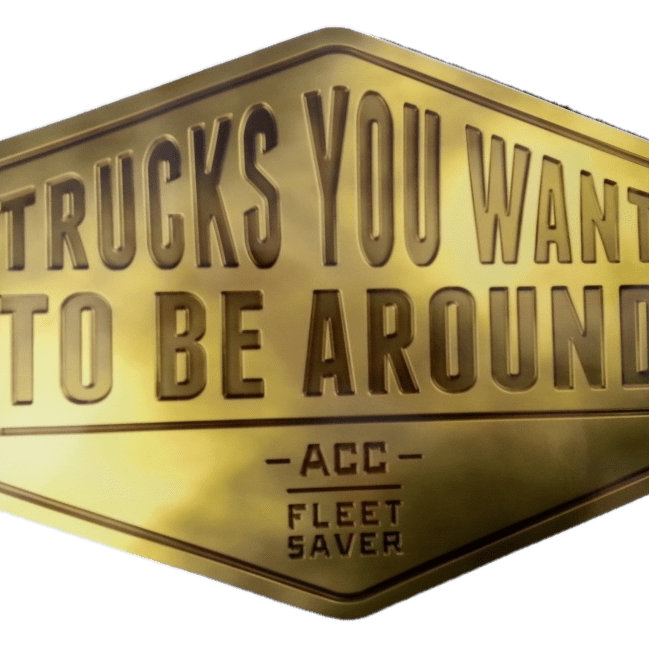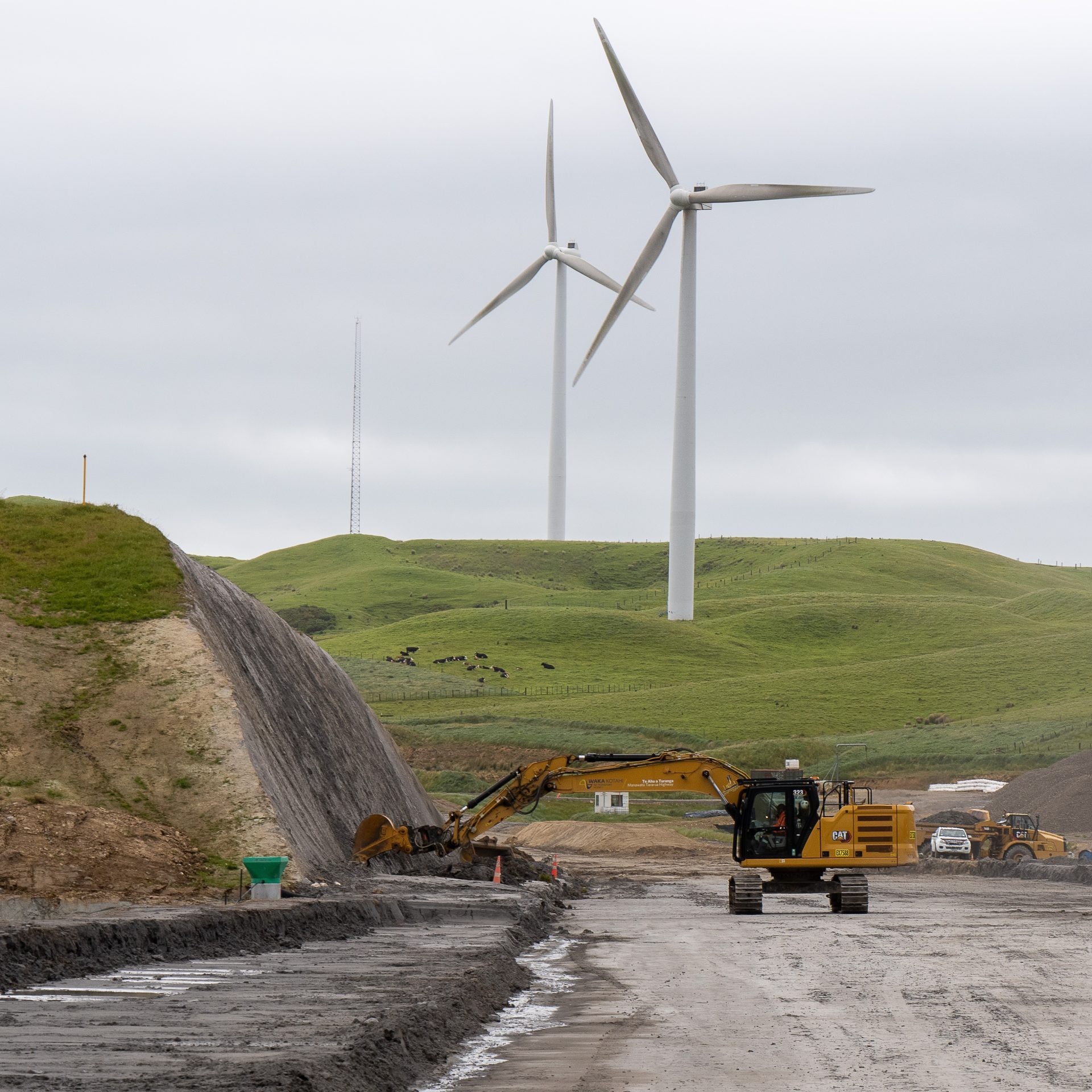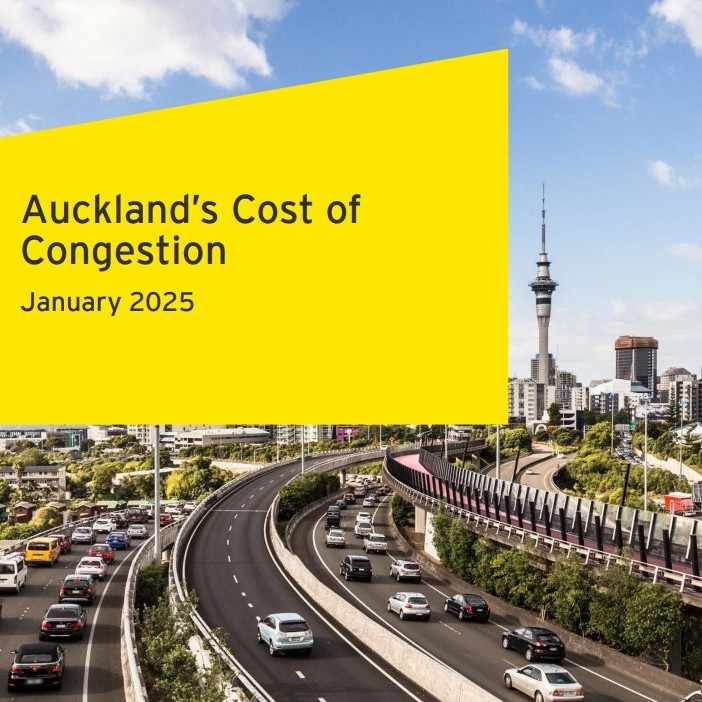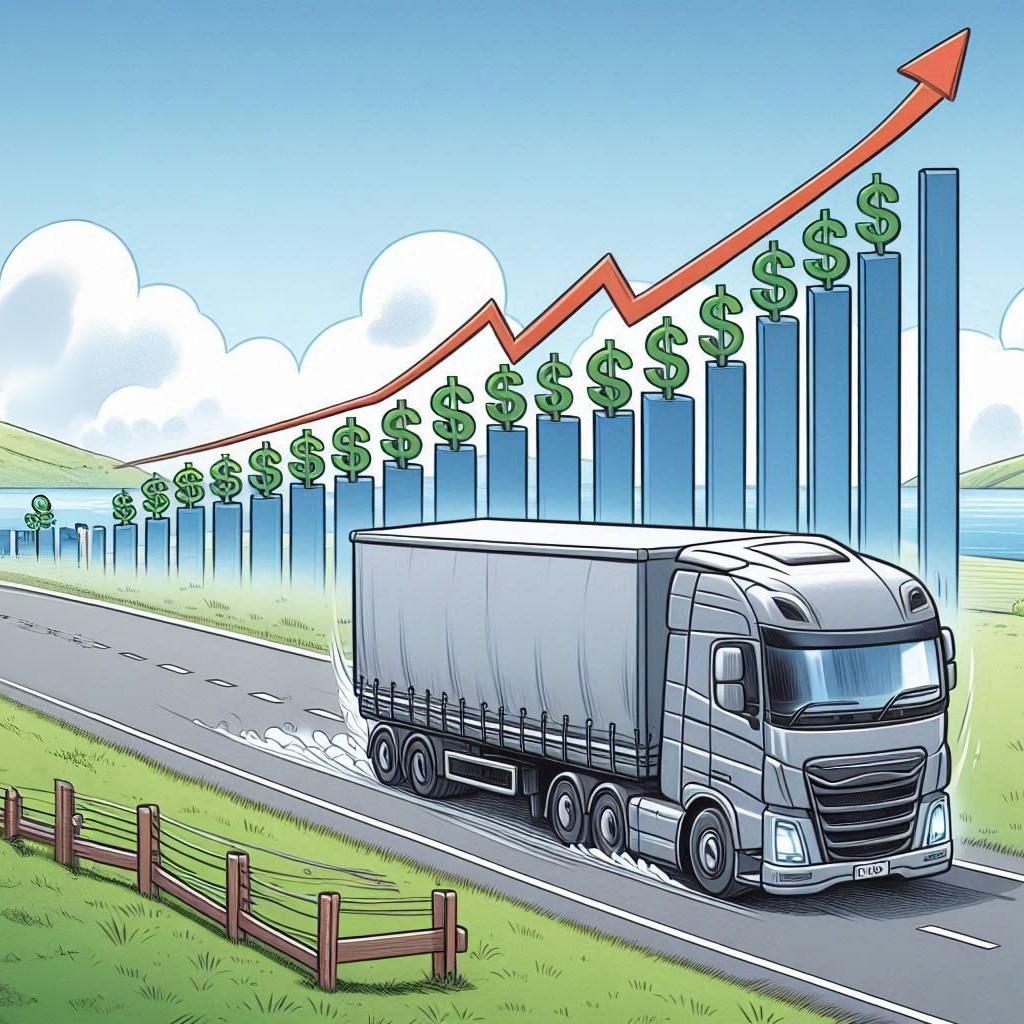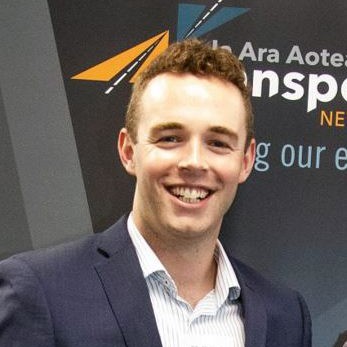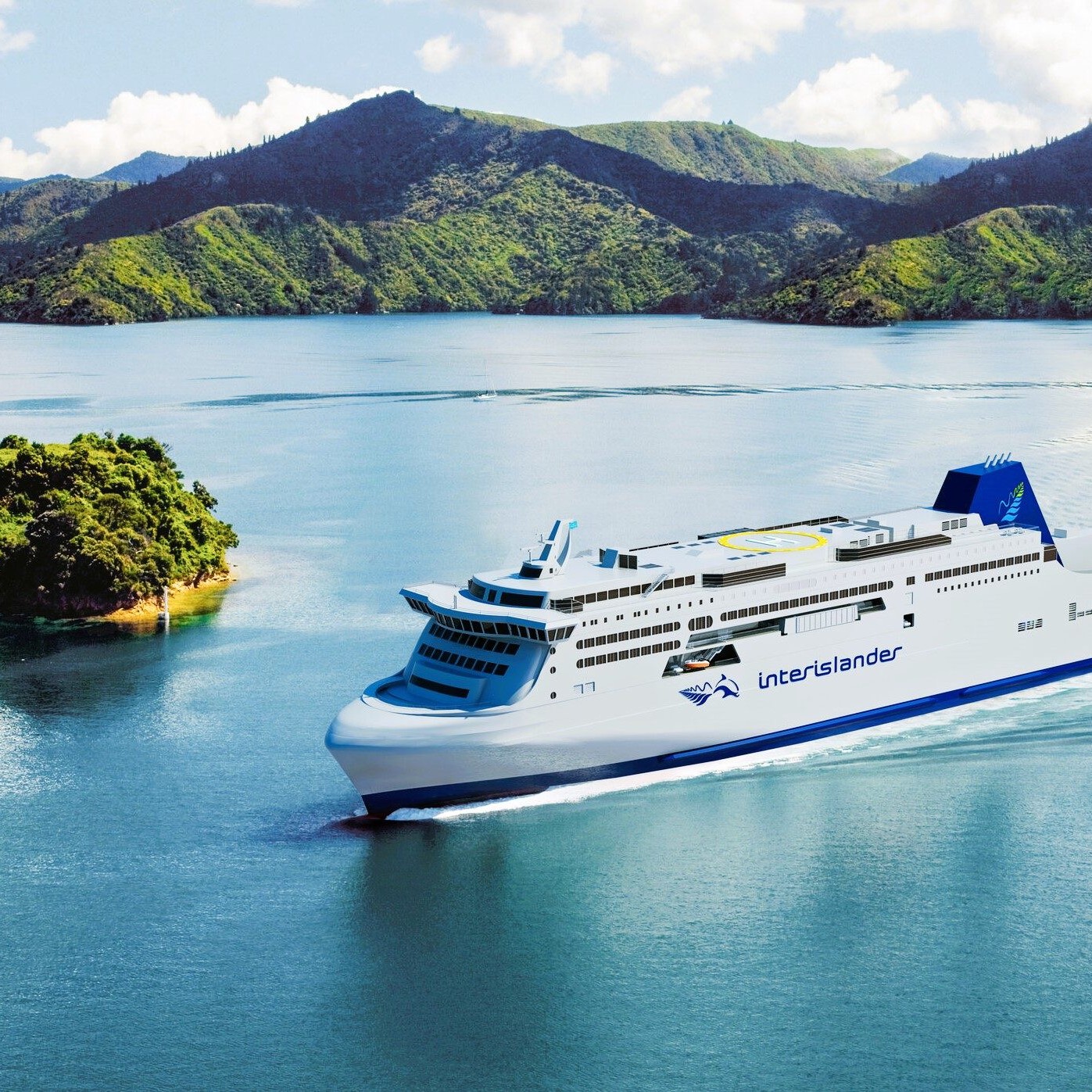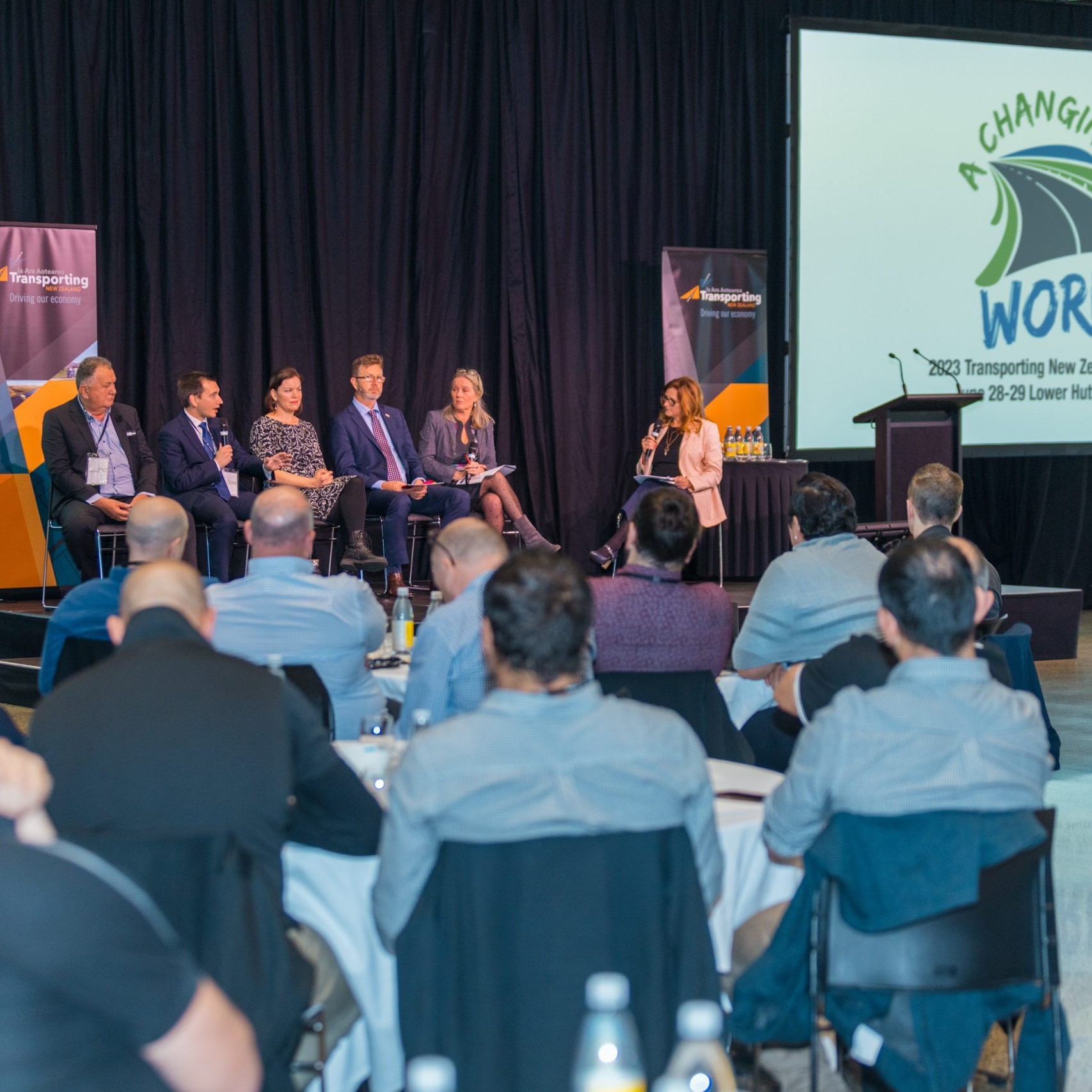
There are three roading projects that should be added to the Government’s infrastructure spend to recover from the economic shock of Covid-19, Road Transport Forum (RTF) chief executive Nick Leggett says.
“If they are looking for projects, the Petone-Grenada Link in Wellington, the East-West Link between Onehunga and Mt Wellington in Auckland, and the Selwyn to Timaru highway updates in the South Island, should all be on the list,” Leggett says.
Last week (1 April), the Government announced that it has tasked a group of industry leaders to seek out infrastructure projects that are ready to start as soon as the construction industry returns to normal to reduce the economic impact of the Covid-19 pandemic.
These new projects will be in addition to and build on the Government’s $12 billion New Zealand Upgrade Programme and existing Provincial Growth Fund infrastructure investments.
“We are keen to see further investment in roads if we are going to build up our economy as quickly as possible and these roads were missed out of the New Zealand Upgrade Programme,” Leggett says.
“Exports and imports need to keep moving to ensure people are employed when it looks like we will be unlikely to rely on tourism and foreign students to boost our economy for some time. There has been some talk of local manufacturing, but that will take years to establish and even then, the New Zealand market is too small to make it viable, so people would have to be manufacturing for export as well as domestic supply.
“With Transmission Gully nearing completion in the Wellington region, the Petone-Grenada link is a vital part of its success, linking freight on State Highway 1 with the regional industrial centre in the Hutt Valley. This was always planned to be open three years after Transmission Gully, because the existing State Highway 58 is already struggling with the cross-traffic and there is a need to ease peak-time traffic on Ngauranga Gorge.
“This was also one of the roads listed as a priority in a Wellington Lifelines Group report into the impact of a natural disaster on Wellington’s economy.
“The East-West link in Auckland is necessary to ease congestion, with more than 7000 freight vehicles moving through Onehunga each day, causing gridlock.
“Economic analysis found the industrial area serviced by the East-West Link contributed more than $10 billion to the national GDP. Auckland’s large and growing population requires a roading network to support the easier movement of freight to support people’s daily lives. At the end of the day, rail will never be a solution for these challenges.
“A four-lane highway between Selwyn and Timaru would connect people and freight between the food basket of South Canterbury and more populous markets to the north.
“New Zealand must invest mindfully for the recovery period we have ahead. Infrastructure projects provide an immediate economic stimulus, but the Government needs to carefully select projects that build and sustain increased economic activity and reduce reliance on the Government itself as the long-term salvation. Roading projects improve safety and allow us to play to our natural advantages as a food producer by making it easier to get our exports to market,” Leggett says.
He says the government must also fast track the consenting process for such projects by directly legislating for them, if required.
